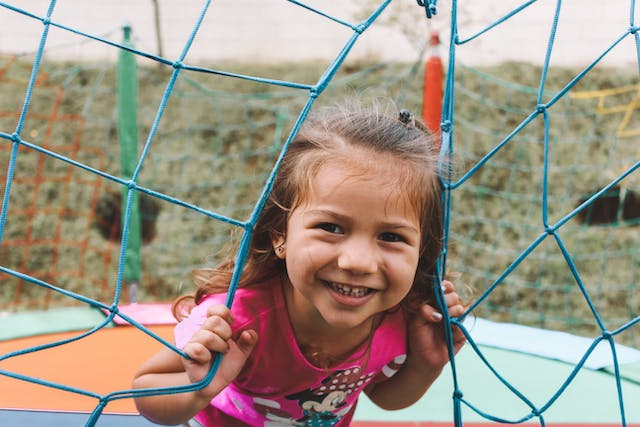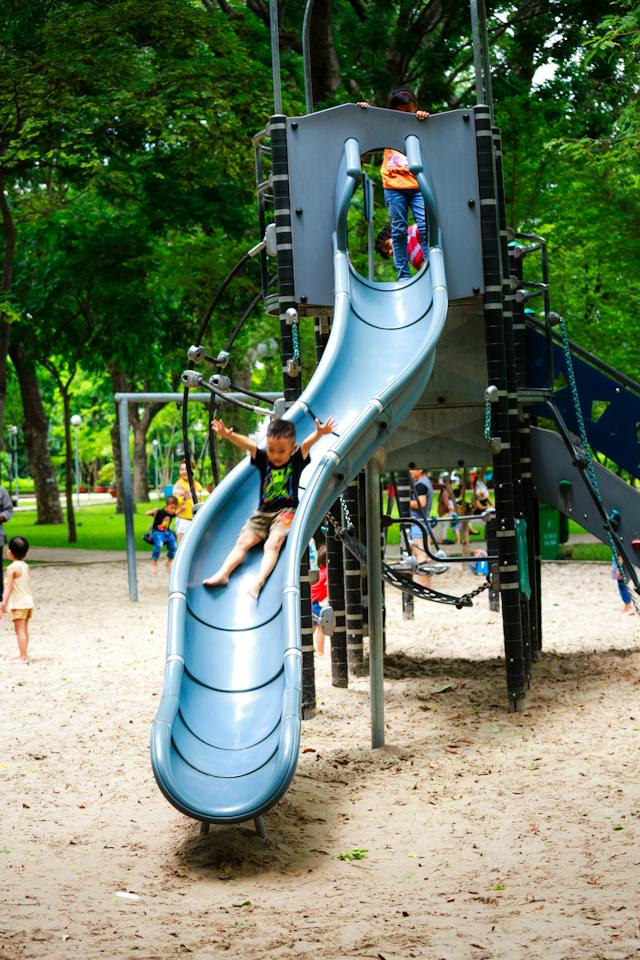The funniest incident of my childhood
I. Brainstorming
Reflect on personal experiences:
a. Recall the details and emotions of the funniest incident from your childhood
b. Consider the circumstances, participants, and any humorous elements that made the incident stand out
c. Reflect on the impact of this funny incident on your sense of humor and perspective on laughter
Identify a central theme or message:
The joyous laughter and lasting memories created by the funniest incident of your childhood.
II. Selecting a Topic
Choose a relevant topic:
The funniest incident of my childhood: A moment of uncontrollable laughter and cherished memories.
Consider the topic's significance in your life:
Reflect on how this incident shaped your sense of humor, created lasting memories, and brought joy into your childhood.
III. Introduction
Hook:
Begin with a brief reflection on the universal appeal of humor and the anticipation of exploring your funniest childhood incident.
Scene Setting:
Set the stage by introducing the specific incident, the participants, and the mix of emotions preceding this hilarious experience.
Thesis Statement:
"The funniest incident of my childhood was a moment of pure, uncontrollable laughter that has become a cherished memory, shaping my sense of humor and bringing everlasting joy into my life."
IV. Body Paragraphs
Background/Offer necessary context:
Introduce the specific incident, its context, and the reasons that made it the funniest, emphasizing the significance of the experience.
Introduce the central conflict:
Explore the details of the incident, the humorous elements, and the participants involved, setting the stage for the laughter that ensued.
Take readers to the climax:
Detail the unfolding of the incident, the build-up of humor, and the peak moment of uncontrollable laughter.
Provide the resolution:
Reflect on the lasting impact of this funny incident, including its influence on your sense of humor, the joy it brought, and any subsequent memories created.
Use vivid descriptions, character development, and dialogue:
Depict the visual, auditory, and emotional aspects of the funniest incident from your childhood.
Develop your character by expressing internal thoughts, emotions, and reflections.
Include any meaningful dialogue or interactions that occurred during this humorous experience.
V. Conclusion
Restate the thesis:
Reinforce the central theme of the joyous laughter and lasting memories created by the funniest incident of your childhood.
Summarize key points:
Summarize the details of the incident, emphasizing the humor, the participants, and the impact on your sense of humor.
End with a closing thought:
Conclude with a reflection on the enduring significance of the funniest incident, expressing gratitude for the laughter it brought, the memories created, and the joy that continues to be a cherished part of your life.

















